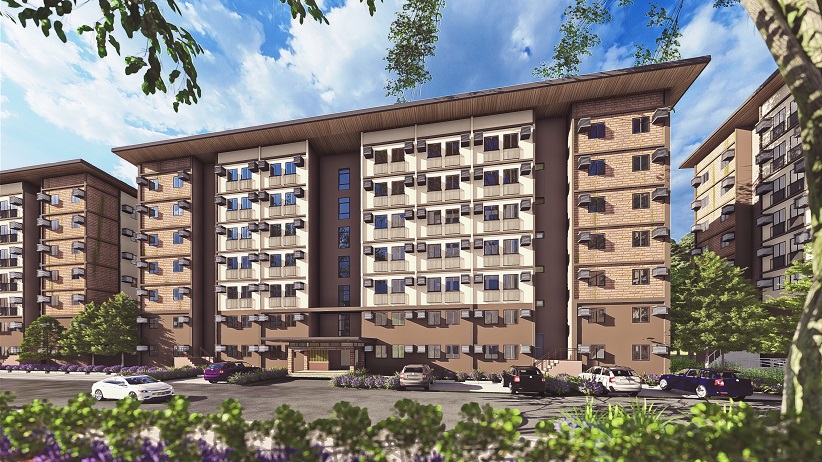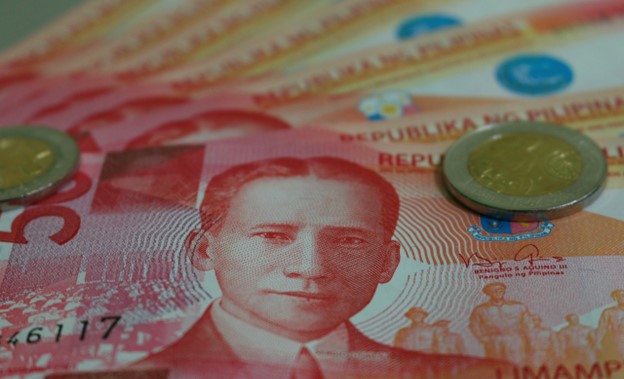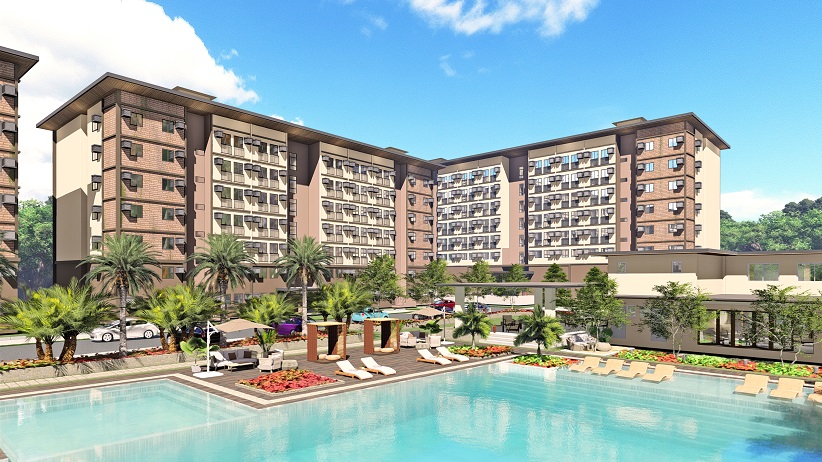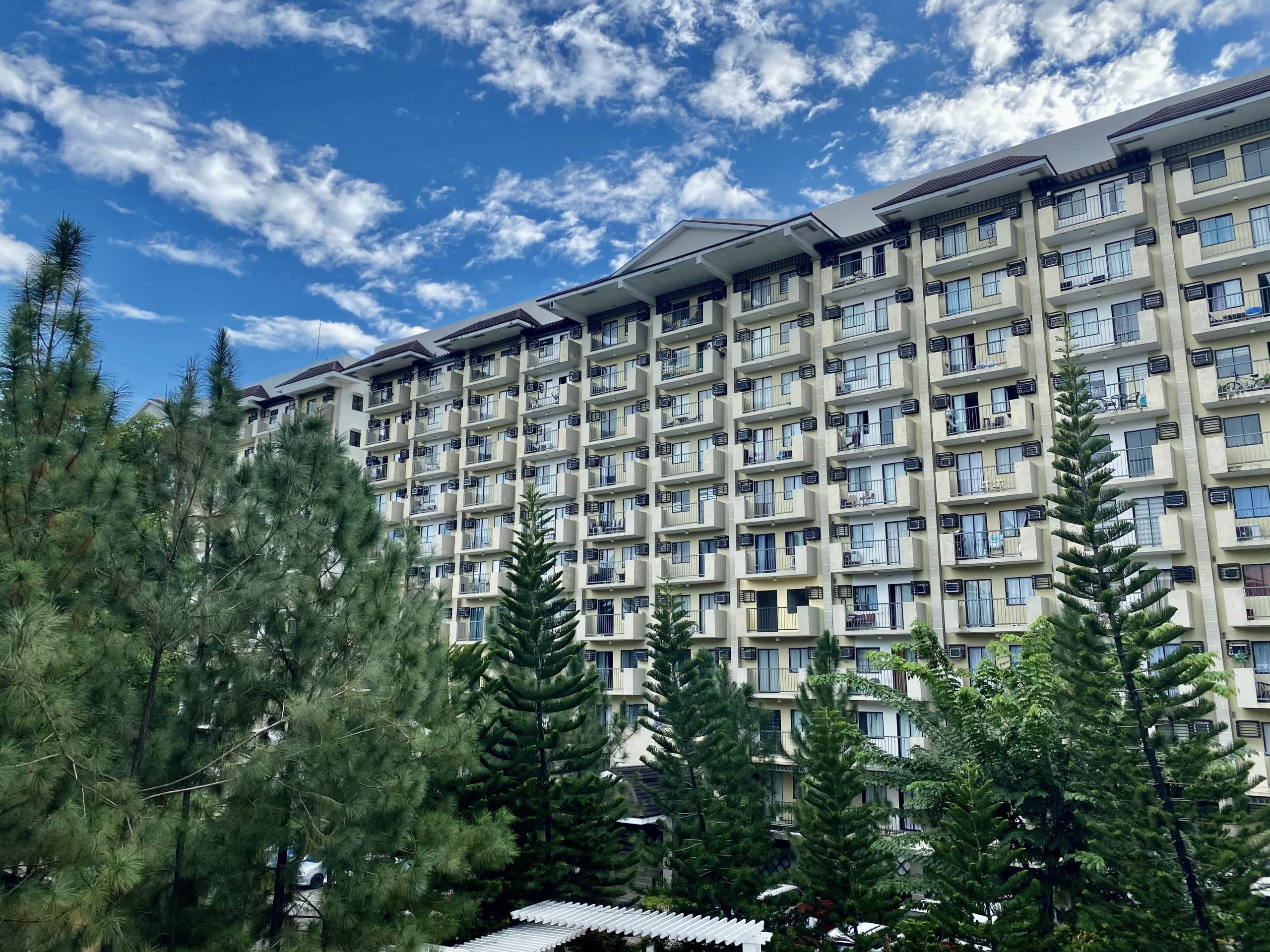The Philippine property market has only just began to gain traction after its decline during the pandemic. Since the previous year, experts have been projecting a rebound in the industry, citing renewed consumer confidence and improving pandemic conditions. And though there may have been a few challenges, the forecast remains consistent.

But with the easing of Covid-19 restrictions came another challenge: the worldwide impact of international conflict. With the rising interest rates, high inflation, and other macroeconomic factors, investors wonder if this is enough to break the momentum the property market has built since the worst of the pandemic.
The Philippine property market is still on a growth trajectory
Real estate investors can rest assured that the Philippine property market is still gaining ground. In fact, Colliers Philippines’ Associate Director Joey Roi Bondoc sees sustained growth with the reopening of businesses and easing travel restrictions in the country. Bondoc believes that the domestic property market is positively sustaining its growth.
Increase in occupancy rates
For one, office spaces within and beyond Metro Manila registered back-to-back quarters with an increase in occupancy rate. Furthermore, more pre-selling condominiums have also been occupied in the first half of 2022. The same is true for the uptake in mall spaces, rents, and hotel occupancy.
Recovering consumer confidence
Bondoc cites the recovering consumer confidence in spending and travel as the main drivers for these increases. Life is almost back to pre-pandemic normal in all aspects, with face-to-face classes restarting in most parts of the country. Additionally, entertainment in the country is again vibrant and jampacked with international frontline acts scheduled. And only recently, Executive Order No. 3 was handed down, allowing the voluntary wearing of face masks in public outdoor settings. All these developments pose positive benefits for the property sector.
Challenges to the Philippine property market in 2022
Though there are many indications of a positive year for the Philippine property market, there are many macroeconomic factors that stakeholders cannot ignore.
High inflation

The ongoing conflict between Russia and Ukraine continues to impact on the world economy, with Philippines by no means an exemption. After five months of continuous acceleration, the Philippines’ headline inflation has slowed down by 0.1% this August, but it remains high at 6.3%. And what does this mean for the Philippine property market?
Inflation and property prices are closely related, and it has something to do with the money supply in the economy. During inflation, a surplus of money supply drives up the prices of commodities, including real estate.
Earlier this year, the Bangko Sentral ng Pilipinas recorded that the Residential Real Estate Price Index (RREPI) climbed to 5.6%. This number is a measure of the change in the prices of residential properties, which can be influenced by inflation.
For prospecting investors, the high property prices could be a discouraging environment. Earlier this year, the central bank’s Consumer Expectation Survey found that 5.6% of households plan to buy real estate. This is almost double its previous reading of 3% for the same quarter in 2021.
On the other hand, inflation means higher asset prices for property owners. But it is not all good news because fewer people want to buy properties when they are priced high. Eventually, this would drive demand down, and prices would have to adjust for the market.
High interest rates

The interest rate is the cost of borrowing money. The higher it is, the less likely people are to borrow money. As a result, this decreases the supply of money in the economy. Recently, Bangko Sentral ng Pilipinas implemented a back-to-back increase in the benchmark interest rate. This move is mainly to counter inflation and address the weakening peso against the dollar. Now, borrowing money is more costly, which means it is pricier to finance a property with a loan.
Furthermore, it is important to note that 74.3% of homebuyers in the Philippines finance their new residential properties with loans. That said, higher interests are a disadvantage to the majority of residential homebuyers in the country.
In summary, there is a growing demand for properties in the country, which is promising. However, economic factors like high interest and inflation also inhibit the local property market from realizing its full potential.
Opportunities for the Philippine property market in 2022
Though Philippine real estate is up for a brand new set of challenges for the latter half of 2022, new opportunities also present a silver lining for the industry.
Tapping the dollar-earning market

Aside from high inflation and interest rates, the Philippines is now also facing a weakening peso against the US dollar. Its first consequence is the higher price of imports (bought in dollars), which also drives up the local prices of goods and services.
On the other hand, this means good news for Filipinos earning dollars because they can now buy more for the same amount of remittances. According to the latest BSP data, the rate of OFW remittances reached its highest growth in six months at 4.4%. OFW remittances amounted to $3.06 billion as of June 2022, significantly higher than the previous year’s $2.94 billion for the same month.
But what does this mean for the property market? A considerable percentage of OFW households spend remittances on real estate investments. In fact, the second quarter of 2022 saw this percentage bouncing back (8.1%). This is after its significant decline in the past two years (4.8% in 2020 and 5.2% in 2021) after the onset of the global pandemic.
Leveraging economic growth

Though interest and inflation rates are high, the recorded gross domestic product (GDP) growth is still within acceptable levels. In fact, the second quarter of 2022 closed at a 7.4% growth, breaking the momentum from the last three quarters but is still within the government targets for 2022.
Performance in the real estate market nearly always moves in line with economic conditions. Furthermore, real estate is one of the sectors that serve as an indicator of how well an economy is performing and vice versa. For example, when the economy is growing, people are more likely to buy new homes. Alternatively, a declining economy drives buyers to the secondary market.
There is no clear-cut recommendation for the best time to invest in real estate. Whatever the economic situation may be, you can always leverage a situation to your advantage with the right strategy. But as a rule of thumb, trust only in developers that give you value for money, like Camella.
If space, convenience, and accessibility are among your top criteria, consider Camella’s vertical village in Lipa, Batangas, with pre-selling condo units for sale. Suppose you are looking for a second home beyond the metro. Or maybe you are searching for an investment property in a tourist hotspot. In that case, Camella Manors in Lipa is a value option that can help you take advantage of the current real estate market.

Check out our Condo for Sale in Lipa, Batangas
Discover Camella Manors Lipa in Batangas


